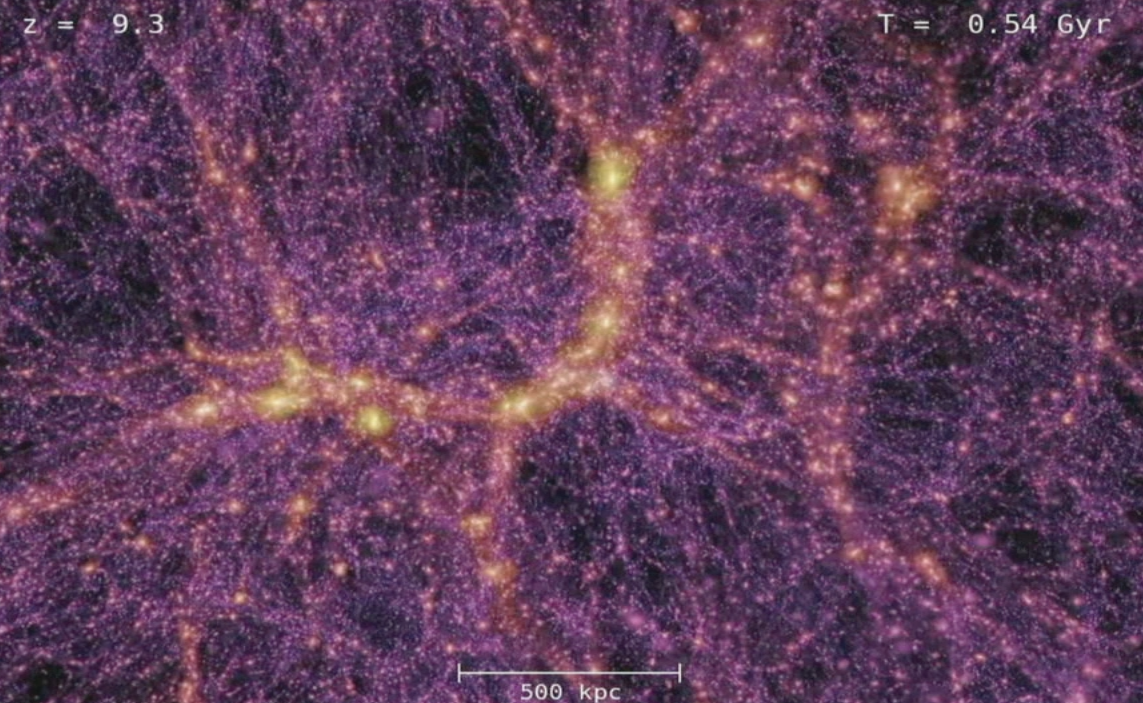Video: Simulating Cosmic Structure Formation, Volker Springel (University of Heidelberg, Germany)
Recording of a plenary presentation during the PASC15 Conference. www.pasc15.org
Abstract
Numerical simulations on supercomputers play an ever more important role in astrophysics. They have become the tool of choice to predict the non-linear outcome of the initial conditions left behind by the Big Bang, providing crucial tests of cosmological theories. However, the problem of galaxy and star formation confronts us with a staggering multi-physics complexity and an enormous dynamic range that severely challenges existing numerical methods. In my talk, I review current strategies to address these problems, focusing on recent developments in the field such as hierarchical time integration schemes, improved particle- and mesh-based hydrodynamical solvers, and novel parallelization schemes.
Short Biography
Volker Springel became professor for Theoretical Astrophysics at Heidelberg University in 2010, where he now leads a research group at the Heidelberg Institute for Theoretical Studies (HITS). Springel previously was a group leader in computational cosmology at the Max-Planck-Institute for Astrophysics in Garching, after working as a postdoctoral researcher at the Harvard Center for Astrophysics in the United States. He received his PhD in 2000 from the Ludwig-Maximilian University in Munich, after studying physics at the University of Tübingen and the University of California, Berkeley.
Chair: Ben Moore (University of Zurich, Switzerland)

